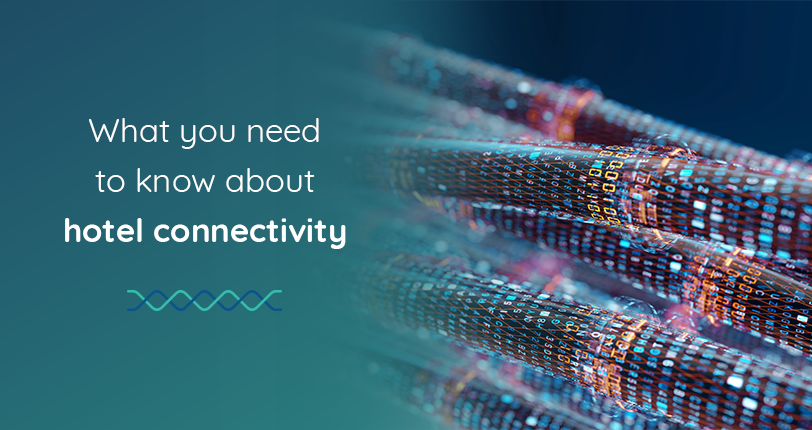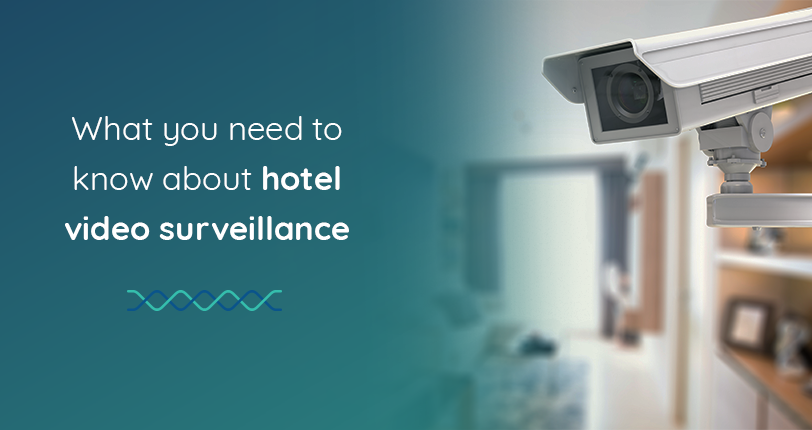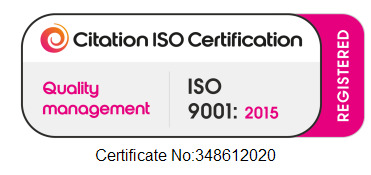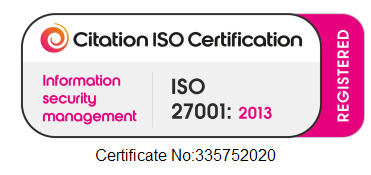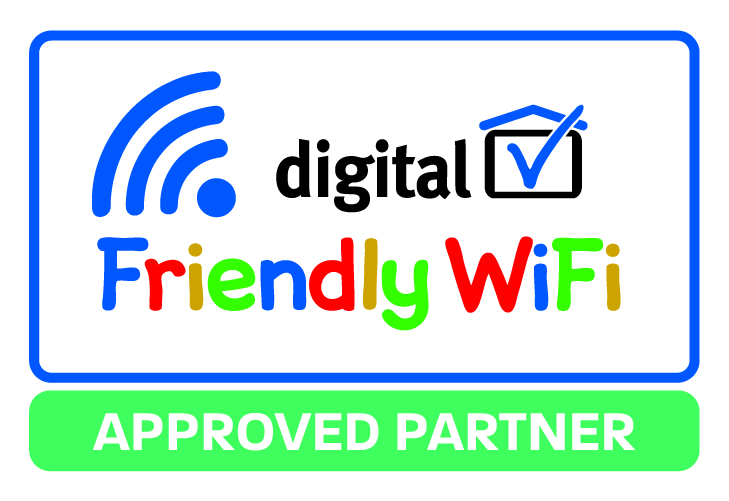Connectivity in hotels is no longer a luxury; your guests expect to find it immediately, whether they’re in their rooms, the lobby, or by the pool. Fundamental to making your digital hotel work smoothly is the capacity of the incoming internet, so it’s important that general hotel managers understand connectivity and ensure they are implementing the most effective and suitable broadband.
What do we mean by connectivity?
Connectivity refers to the carrier of data in and out of your hotel and how it is distributed to devices and applications within your network, or to services on external servers in the ‘cloud’ (the Internet).
Internet is delivered to the hotel either by a wired service or over the airwaves. Below is a summary of the typical options:
Fixed Broadband
For fixed broadband, there are three main ways by which Internet is usually delivered:
Leased lines
Leased Lines are a dedicated uncontended fibre broadband service, meaning it is not shared with other properties in your local area. This is key for a hotel as it means your service will not degrade because someone living 200 yards away is downloading movies from their house.
Fibre and ADSL
FTTC (Fibre To The Cabinet) / FTTP (Fibre To The Premises) is an upgrade on ADSL (Asymmetric Digital Subscriber Line) and can provide speeds of up to 80Mbps in some areas whereas ADSL can be just 1-2Mbps.
EFM (Ethernet in the First Mile)
EFM, or ‘Ethernet Internet’, is an inexpensive way to deliver broadband compared to leased lines with huge savings over traditional fibre leased lines, bringing mission-critical connectivity within the reach of smaller hotels. It provides symmetrical bandwidth at speeds of up to 20 Mbps with no contention. EFM is suitable for VPN (Virtual Private Network) and VoIP (Voice over Internet Protocol) services, as an alternative to conventional leased lines or SDSL (Symmetric Digital Subscriber Line) Technology.
Wireless
(2G/3G/4G/5G)
These refer to different generations of the cellular network, most commonly utilised by smartphone users accessing data or cellular telephony services on the move.
There is a lot of confusion around 3G, 4G and LTE (Long Term Evolution). LTE refers to a technology improvement over its predecessor 3G, but is not technically 4G. Think of LTE, 3G LTE or 4G LTE as ‘3G plus’. It is a workaround that allows cellular operators to advertise 4G speeds, without using ‘4G’ technology.
Due to LTE (4G) broadband connectivity providing slower speeds than fibre connectivity, it would not generally be employed to provide broadband capacity to a hotel venue. However, 4G costs have significantly reduced recently which may lead this to be used more than in the past.
The latest cellular wireless generation 5G, which has recently been rolled out to some UK cities, provides much higher bandwidth when compared to LTE or 4G. The 5G system is designed to connect many more devices to the internet, minimises latency delays, and deliver ultrafast speeds. It propagates over short distances and its signal is easily absorbed by humidity, rain and other dense objects. Because of this, there will still be a requirement for data capacity to be distributed by WiFi systems within the hotel venue.
Wireless P2P (Point-to-Point)
There are multiple requirements for Wireless Point-to-Point Links. Within the hospitality environment, these are employed when it is too costly or impractical to install a hardwired or fibre cable.
For example, a Wireless P2P would be utilised to extend the WiFi network to another building within the hotel complex that does not have existing Ethernet cabling between the two hotel sections. The cost may be a few hundred pounds compared to several thousand pounds to dig trenches, install the new cable and re-tarmac the hotel car park.
How does WiFi fit into the mix?
WiFi is the radio frequency standard used for a link between the access point and the client’s device. It is an ideal solution for the hotel environment and in-building or campus environments, like automation and energy management.
WiFi is more powerful than other short-range networks. It can be 20 times quicker than Bluetooth Low Energy (BLE), making it a better choice when transmitting large files.
Factors to consider with WiFi
There are many variables that determine an optimum WiFi network. These range from hardware configuration, to cabling methods, location of access points, channel selection and an understanding of demands.
These are the primary considerations the hotelier needs to review when installing a network:
- Site survey The key to a successful WiFi deployment is the time and attention spent on the site survey. Essentially this involves surveying the hotel with specialised WiFi surveying software and measurement devices. The results enable the system designer to plan the location and optimum number of access points. This in turn leads to adequate WiFi coverage where required.
- Capacity This is normally determined by the incoming Internet bandwidth capacity.
- Coverage After the connectivity, coverage is generally the most important factor. There is nothing more frustrating for a guest than having to stand in a particular location to obtain Internet access.
- Service Level Agreements System uptime and performance should be contractually guaranteed with a Service Level Agreement.
Get Connected
Are you a hotelier interested in expanding your services and simplifying your network system? If you’d like to see more of our work, check out our recently completed case study with St Giles Hotel in Central London and Feltham.
Put confusing hotel WiFi solutions in the past and modernise your services with Vital WiFi. Talk to one of our friendly technicians for more information on our managed services and how to get started.
